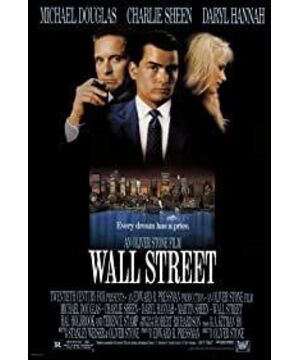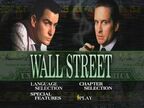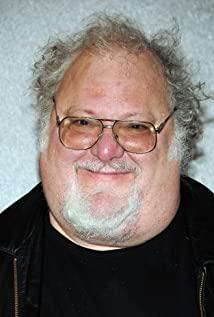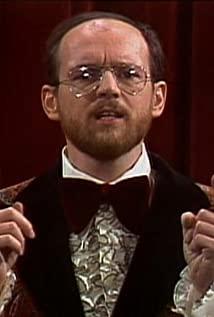The first stage: the role is to provide information about the main character, background, tone, problems, conflicts, likes and interests, the timeline of the film, the focus is to build the protagonist's presentation, the first stage will give enough It takes time for the audience to understand the style of the story, so they have a rough idea of what they want to get, and always look for the following in the first stage
1. The trap; the curiosity of the reader, it may take the form of a confrontation between characters with strong differences, it may show an ordinary person doing extraordinary things, or it may cause a problem,
2. The main line; the main line causes the problem as a whole film The main line of exploration, point out the theme of the movie
3. Stimulating or provocative events; this stimulating event is a scene where the protagonist and problems disrupt the normality and predictability of life. The protagonist lives a normal life for a long time. After this stimulating event, The protagonist will be driven to generate new motivation to pursue new goals, the protagonist may not take immediate action based on this event, but it will at least be used as a thought process towards final action
4. Turning point 1: The role of this turning point is to shove the story in a new direction by setting up some crisis through the negotiation of the protagonist, this turning point differs from the provocative event in that it is tied to some firm and decisive action taken by the protagonist, to dramatic Consciously take bigger risks and increase the level of danger.
The second stage: The main role is to show the development of the main characters and the plot through contradictions and confrontations. The main characters will move forward according to the goals implied by the actions at the end of the first stage. However, the end of the second stage will show the protagonist's unexpected encounter. A retreat and this will be overcome in the third stage,
1. The point of not retreating; this point usually occurs in the middle of the movie, this scene the hero will be really loyal to the goal he pursues, his role is to force the hero to go Re-evaluate his goals, to consider giving up, to decide to continue, and then to pursue the goal more firmly and single-mindedly
2. Turning Point 2: Turning Point 2 is like Turning Point 1, pushing the story forward in a new direction to negotiate by setting up some crises for the protagonist, with the difference that the second turning point is a kind of retreat which is mainly caused by the defeat of the protagonist, although it is not. Long-term, turning point two is always called a moment of truth, because the protagonist begins to realize that the actions taken were misguided, weak, immoral, and ultimately wrong, but the protagonist intensifies the process because by recognizing himself of mistakes, he gains a clearer idea of what to do next.
Phase 3: Resolution and Ending
Phase 3 is to provide a strong climax to address the problems caused by the protagonist in Phase 1, who shows the experience of A transformation after the second stage, now he has a higher level of self-knowledge, more aware of what he needs to do, so is preparing for the final climax, the questions that have always been answered are connected with the release ending
1. Climax: The so-called climax is the protagonist facing his greatest challenge, either defeating his opponent or being defeated, in a sense, however, the protagonist always wins, he can win completely and completely, or be defeated but
Still win, because he has learned something very important Included in this segment, the film always strives to create a looping feel and finish, by replicating a motivation from the very beginning.
View more about Wall Street reviews











